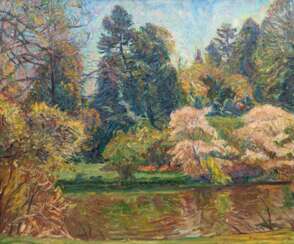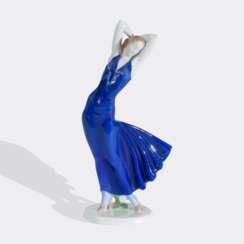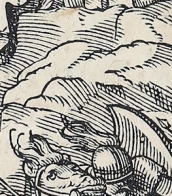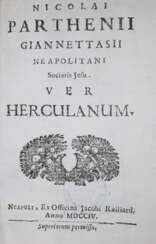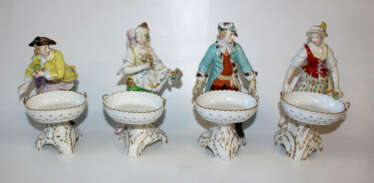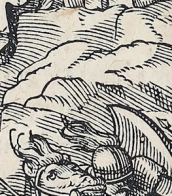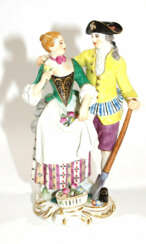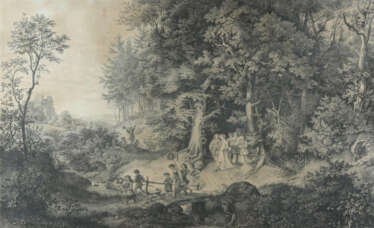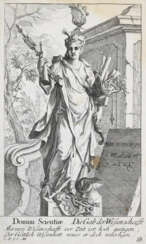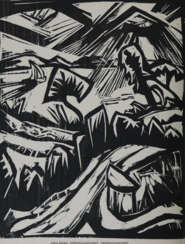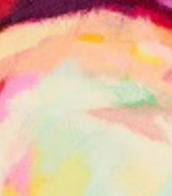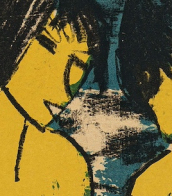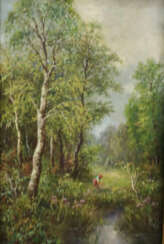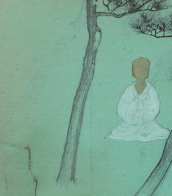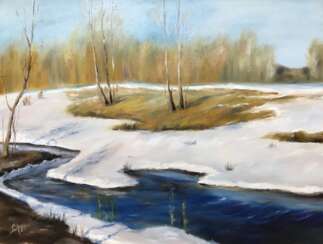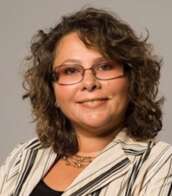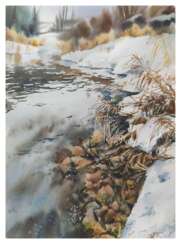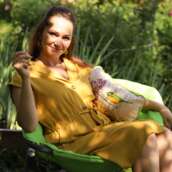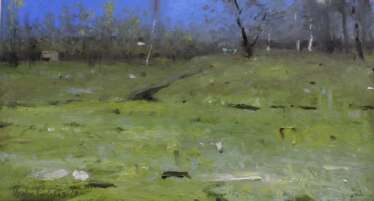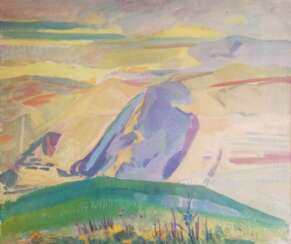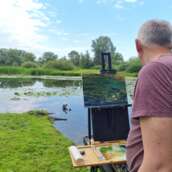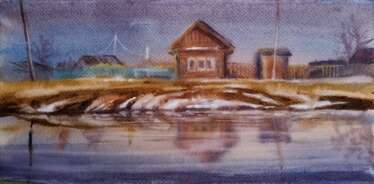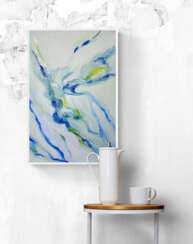141 Items by auctions and galleries:
frühling
Lot 492 Georg Burmester (Barmen 1864 - Möltenort 1936). Frühling im Park.
Georg Burmester (1864 - 1936) 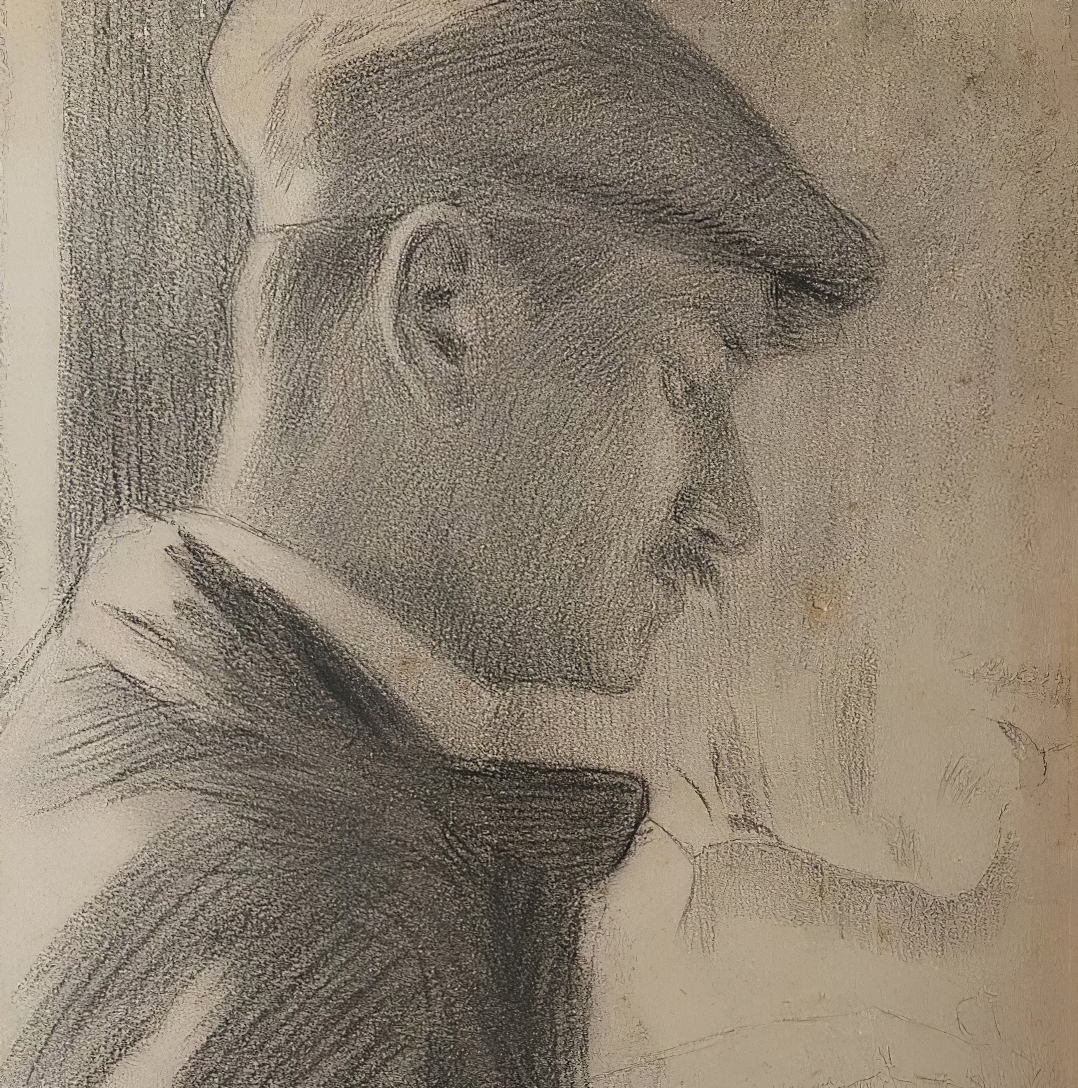 September 2025 Auktion: Kunst des 20. und 21. Jahrhunderts
September 2025 Auktion: Kunst des 20. und 21. Jahrhunderts 

Georg Burmester
04.12.1864 - 30.06.1936
Germany
Georg Burmester was a German artist of the late 19th - first third of the 20th centuries. He is known as a painter, graphic artist, impressionist, representative of the Düsseldorf art school, and teacher.
Burmester worked mainly in the genres of landscape and marinas, but among his works there are also still lifes, as well as works in the genre of nude. He was a teacher at the Kassel Art School from 1912 to 1930 and was promoted to the rank of professor in 1917.

Auktionshaus Stahl
September 2025 Auktion: Kunst des 20. und 21. Jahrhunderts
Date: 27.09.2025 11:00 UTC +02:00
Number of lots in the catalog: 311
Lot 580 Claire Weiss (Herczeg) (Budapest 1906 - Budapest 1997). 'Frühling' aus der Serie der Jahreszeiten.
September 2025 Auktion: Kunst des 20. und 21. Jahrhunderts 

Auktionshaus Stahl
September 2025 Auktion: Kunst des 20. und 21. Jahrhunderts
Date: 27.09.2025 11:00 UTC +02:00
Number of lots in the catalog: 311
Весенний абстрактный пейзаж "Дыхание весны"
MARINA Havova (b. 1978) 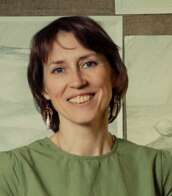 Shop Havova MARINA
Shop Havova MARINA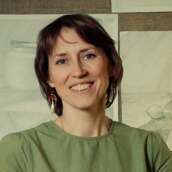

MARINA Havova
11.07.1978
Russia
Я не могу жить без живописи. Я владею разными техниками, но моя пламенная любовь-акварель, живая волшебная краска.
В акварели я стараюсь достичь живой эмоции. Моя цель: достичь слияния с краской, чтобы акварель свободно разливалась по бумаге, создавая желаемые мне образы.
Получая истинное удовольствие от написания каждой картины, надеюсь, что передаю через картину свою любовь!
Стоимость доставки не включена и рассчитывается отдельно для каждого региона доставки. Доставку оплачивает покупатель.

Artist shop
Havova MARINA
Russia
Number of products: 188
SPRING COMING
Ivan Ormanzhi (b. 1976)  Shop Ormanzhi Ivan
Shop Ormanzhi Ivan

Ivan Ormanzhi
12.03.1976
Ukraine
I'm not professional artist, because I ern money by another profession. I'm a web developer from Ukraine, but painting time after time all of my life. For fun, for my games and for my web sites. I'm happy when I paint and I see that many people like my artworks. It's a good reason not to stop.
I didn't graduate any Art School... Yes, It's not a reason to pride, but in our time, with the Internet we can study everything at home. It doesn't matter what do you do... but it matters that you do it with love.

Artist shop
Ormanzhi Ivan
Ukraine
Number of products: 32
Мартовская оттепель
Andrei Tsepkov (b. 1964) 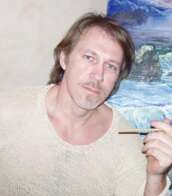 Shop Tsepkov Andrei
Shop Tsepkov Andrei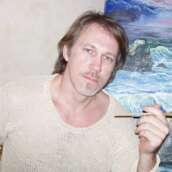

Andrei Tsepkov
07.06.1964
Russia
Андрей Цепков - современный российский художник. Основное направление - фигуративное. Также работает в мифологическом жанре. Реализм в его картинах гармонично сочетается с импрессионизмом. Развивая свой стиль живописи, он одновременно занимается иллюстрацией. В настоящее время издано более десятка книг и приложений с его иллюстрациями. Как автор, он не очень охотно дает описание своих работ, полагая, что каждый зритель увидит в картинах что-то свое, особенное, близкое только ему.Картины художника находятся в частных коллекциях России, США, Китая, Австрии, Канады, Белоруссии, Казахстана.
Чтобы выразить авторскую идею в картине, художник чаще всего использует несколько техник одновременно. Чередуя лессировку и импасто, художник добивается необычных эффектов. При этом живопись сохраняет свою оригинальность и выразительность.
Контраст техник помогает сосредоточить внимание зрителя на самом главном и вносит разнообразие в набор художественных приемов живописца.

Artist shop
Tsepkov Andrei
Russia
Number of products: 17
Хозяин Весны
Galina Bakhtiguzina (b. 1989) 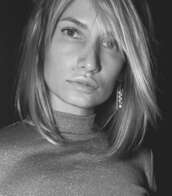 Shop Bakhtiguzina Galina
Shop Bakhtiguzina Galina

Galina Bakhtiguzina
29.10.1989
Russia
[email protected] | 8-965-325-38-55 | https://www.instagram.com/bahglo/?hl=ru
“Астраханское художественное училище им. Власова”(Дизайн среды) 2009
“Московский городской педагогический университет” (Изобразительное искусство)2015
Выставки:
2021 — Дизайн завод “Флакон”. Россия, Москва
2021 — Gipsy club. Россия, Москва
2020 – Галерея “W&W Gallery”. Россия, Москва
2020 – Chudiki&Art, “Пространство радости”. Вильнюс, Литва
2018 – Московский дом художника, “Авангард”. Россия, Москва
2018 — Московский дом художника, “Фестиваль Абстракций”. Россия, Москва
2018 – Гостиный двор, “Золотые руки России”. Россия, Москва
2017 – Art play, “Российская неделя искусств”. Россия, Москва
2017 – “Art assembly in china”. Китайская народная республика, Пекин
Живу и работаю в Москве.
В творчестве выражаю свои фантазии, с картинами связаны определенные моменты из жизни и личные переживания. Создаю авторские работы, также пишу на заказ. Отдаю предпочтение масляной живописи. Стиль работ — наивный сюрреализм.

Artist shop
Bakhtiguzina Galina
Russia
Number of products: 6
Апрель
MARINA Havova (b. 1978)  Shop Havova MARINA
Shop Havova MARINA

MARINA Havova
11.07.1978
Russia
Я не могу жить без живописи. Я владею разными техниками, но моя пламенная любовь-акварель, живая волшебная краска.
В акварели я стараюсь достичь живой эмоции. Моя цель: достичь слияния с краской, чтобы акварель свободно разливалась по бумаге, создавая желаемые мне образы.
Получая истинное удовольствие от написания каждой картины, надеюсь, что передаю через картину свою любовь!
Стоимость доставки не включена и рассчитывается отдельно для каждого региона доставки. Доставку оплачивает покупатель.

Artist shop
Havova MARINA
Russia
Number of products: 188
Весна
Alesia Novikova (b. 1984)  Shop Novikova Alesia
Shop Novikova Alesia

Alesia Novikova
10.01.1984
Byelorussia
I study at an art school. I create in different styles and genres. I put a part of my soul into each work. I plan to connect my future profession with art.
Support in creative development https://donate.stream/donate_teodor_artgallery
https://rarible.com/user/0xd117b4acb4290be51e7be2c1fc2ef02aa311fc99/sale
https://www.instagram.com/teodor_artgallery/
https://www.redbubble.com/people/Beladonna2021/shop?asc=u
https://www.zazzle.com/store/beladonna2021
https://pin.it/75oCLQI
https://www.artmajeur.com/krasavchik-maximov

Artist shop
Novikova Alesia
Byelorussia
Number of products: 102
Весна
Viktoria Poltoratskya (b. 1988)  Shop Poltoratskya Viktoria
Shop Poltoratskya Viktoria

Viktoria Poltoratskya
05.12.1988
Russia
Я Полторацкая Виктория Валерьевна, рисую с детства последние 5 лет занимаюсь профессионально живописью, обучалась в частных Художественных мастерских, танцую и пишу стихи.

Artist shop
Poltoratskya Viktoria
Russia
Number of products: 15
Esperando la primavera
Ann Traut (b. 2000)  Shop Traut Ann
Shop Traut Ann

Ann Traut
05.03.2000
Russia
Привет! Я русский художник самоучка из Сибири.
С самого раннего детства я знала, что изобразительное искусство - мое истинное призвание. Я рисовала везде и чем-угодно: на полу, на стенах, дома или в гостях, в детском саду и в школе. Конечно же, я получала за это нагоняй. В первый раз я взяла масляные краски в руки в 7 лет, и больше они меня не отпускали.
Однако мой путь к искусству был тернист и сложен. Из-за разногласий с семьей я не смогла выбрать ВУЗ, который бы соответсвтовал моим предпочтениям. В данный момент я учусь на переводчика испанского и английского языков. Это помогает лучше понять масштабность эмира, общаться с людьми, я это просто обожаю. Но все же я знаю, что мое истинное призвание - это написание картин и создание своих авторских, индивидуальных, неповторимых произведений.
Моя концепция заключается в полном откровении, в полном бесстрашии перед миром, чтобы показать свои внутренние переживания без каких-либо барьеров.
Как говорил Казимир Малевич "Самое ценное в живописном творчестве есть цвет и фактура — это живописная сущность, но эта сущность всегда убивалась сюжетом. Интуитивная форма должна выйти из ничего. Так же, как и Разум, творящий вещи для обихода жизни, выводит из ничего и совершенствует.

Artist shop
Traut Ann
Russia
Number of products: 30






